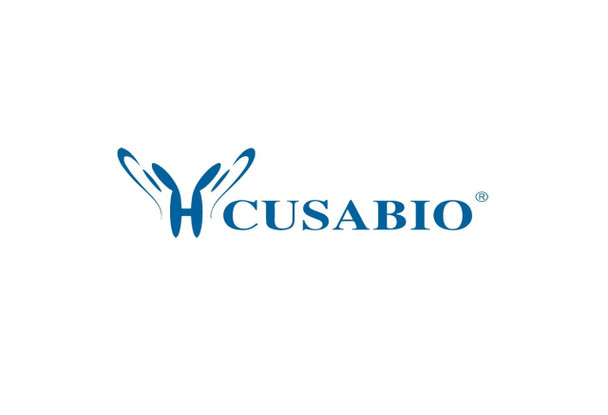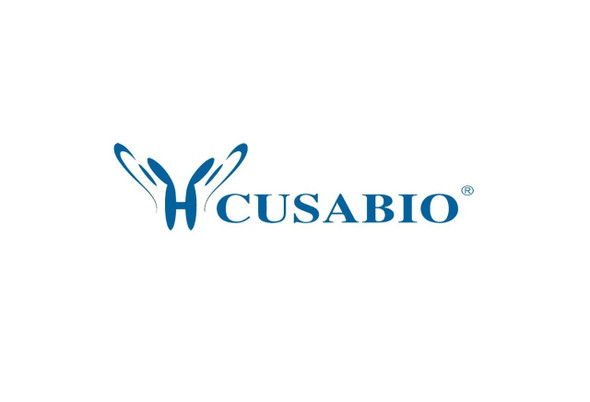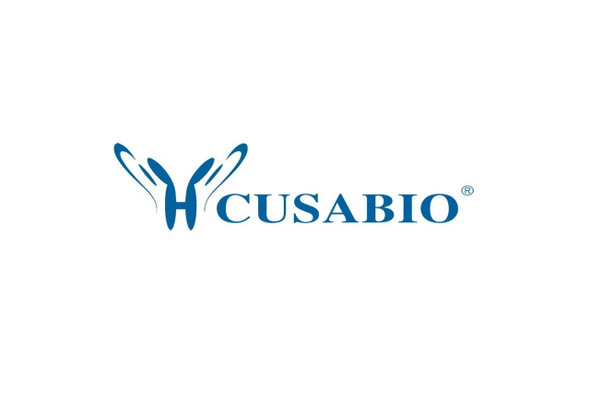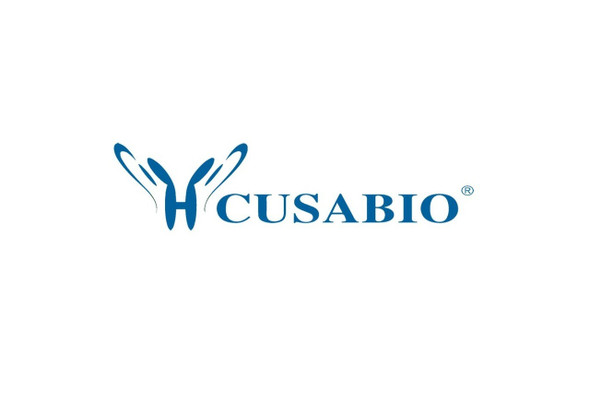Cusabio Mouse Recombinants
Recombinant Mouse Multidrug resistance protein 3 (Abcb4), partial | CSB-EP001050MO
- SKU:
- CSB-EP001050MO
- Availability:
- 13 - 23 Working Days
Description
Recombinant Mouse Multidrug resistance protein 3 (Abcb4), partial | CSB-EP001050MO | Cusabio
Alternative Name(s): ATP-binding cassette sub-family B member 4Imported Multidrug resistance protein 21 Publication Multidrug resistance protein 3By similarity (EC:3.6.3.44) P-glycoprotein 2By similarity P-glycoprotein 3
Gene Names: Abcb4
Research Areas: Others
Organism: Mus musculus (Mouse)
AA Sequence: DAFANARGAAYVIFDIIDNNPKIDSFSERGHKPDNIKGNLEFSDVHFSYPSRANIKILKGLNLKVKSGQTVALVGNSGCGKSTTVQLLQRLYDPTEGKISIDGQDIRNFNVRCLREIIGVVSQEPVLFSTTIAENIRYGRGNVTMDEIEKAVKEANAYDFIMKLPQKFDTLVGDRGAQLSGGQKQRIAIARALVRNPKILLLDEATSALDTESEAEVQAALDKAREGRTTIVIAHRLSTIRNADVIAGFEDGVIVEQGSHSELMKKEGIYFRLVNMQTAGSQILSEEFEVELSDEKAAGDVAPNGWKARIFRNSTKKSLKSPHQNRLDEETNELDANVPPVSFLKVLKLNKTEWPYF
Source: E.coli
Tag Info: N-terminal GST-tagged
Expression Region: 352-708aa
Sequence Info: Cytoplasmic Domain
MW: 66.6 kDa
Purity: Greater than 90% as determined by SDS-PAGE.
Relevance: Energy-dependent phospholipid efflux translocator that acts as a positive regulator of biliary lipid secretion. Functions as a floppase that translocates specifically phosphatidylcholine (PC) from the inner to the outer leaflet of the canalicular membrane bilayer into the canaliculi between hepatocytes. Translocation of PC makes the biliary phospholipids available for extraction into the canaliculi lumen by bile salt mixed micelles and therefore protects the biliary tree from the detergent activity of bile salts (PubMed:8106172, PubMed:7912658, PubMed:7592705, PubMed:7814632, PubMed:8725158, PubMed:9366571). Plays a role in the recruitment of phosphatidylcholine (PC), phosphatidylethanolamine (PE) and sphingomyelin (SM) molecules to nonraft membranes and to further enrichment of SM and cholesterol in raft membranes in hepatocytes (By similarity). Required for proper phospholipid bile formation (PubMed:8106172). Indirectly involved in cholesterol efflux activity from hepatocytes into the canalicular lumen in the presence of bile salts in an ATP-dependent manner (PubMed:7814632, PubMed:8725158). May promote biliary phospholipid secretion as canaliculi-containing vesicles from the canalicular plasma membrane (PubMed:9366571). In cooperation with ATP8B1, functions to protect hepatocytes from the deleterious detergent activity of bile salts (PubMed:21820390). Does not confer multidrug resistance (PubMed:1990275).
Reference: "The status, quality, and expansion of the NIH full-length cDNA project: the Mammalian Gene Collection (MGC)."The MGC Project Team Genome Res. 14:2121-2127(2004)
Storage: The shelf life is related to many factors, storage state, buffer ingredients, storage temperature and the stability of the protein itself. Generally, the shelf life of liquid form is 6 months at -20?/-80?. The shelf life of lyophilized form is 12 months at -20?/-80?.
Notes: Repeated freezing and thawing is not recommended. Store working aliquots at 4? for up to one week.
Function: Energy-dependent phospholipid efflux translocator that acts as a positive regulator of biliary lipid secretion. Functions as a floppase that translocates specifically phosphatidylcholine (PC) from the inner to the outer leaflet of the canalicular membrane bilayer into the canaliculi between hepatocytes. Translocation of PC makes the biliary phospholipids available for extraction into the canaliculi lumen by bile salt mixed micelles and therefore protects the biliary tree from the detergent activity of bile salts
Involvement in disease:
Subcellular Location: Cell membrane, Multi-pass membrane protein, Apical cell membrane, Multi-pass membrane protein, Membrane raft, Cytoplasm, Cytoplasmic vesicle, clathrin-coated vesicle
Protein Families: ABC transporter superfamily, ABCB family, Multidrug resistance exporter (TC 3.A.1.201) subfamily
Tissue Specificity: Expressed in the liver (PubMed:1381362, PubMed:8615769) (at protein level). Expressed in adrenal, liver, muscle, spleen and heart (PubMed:2471060). Expressed in multidrug-resistant cell lines (PubMed:1969609).
Paythway:
Form: Liquid or Lyophilized powder
Buffer: If the delivery form is liquid, the default storage buffer is Tris/PBS-based buffer, 5%-50% glycerol. If the delivery form is lyophilized powder, the buffer before lyophilization is Tris/PBS-based buffer, 6% Trehalose, pH 8.0.
Reconstitution: We recommend that this vial be briefly centrifuged prior to opening to bring the contents to the bottom. Please reconstitute protein in deionized sterile water to a concentration of 0.1-1.0 mg/mL.We recommend to add 5-50% of glycerol (final concentration) and aliquot for long-term storage at -20?/-80?. Our default final concentration of glycerol is 50%. Customers could use it as reference.
Uniprot ID: P21440
HGNC Database Link: N/A
UniGene Database Link: UniGene
KEGG Database Link: KEGG
STRING Database Link: STRING
OMIM Database Link: N/A










